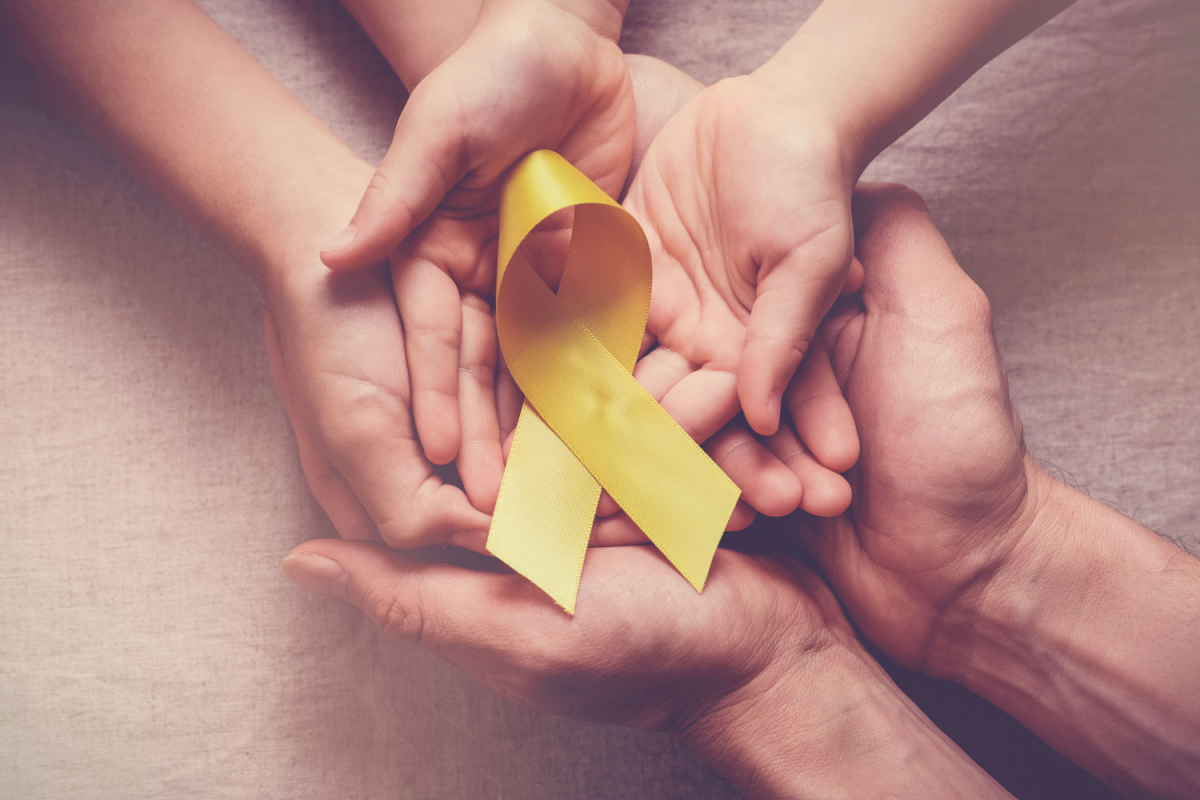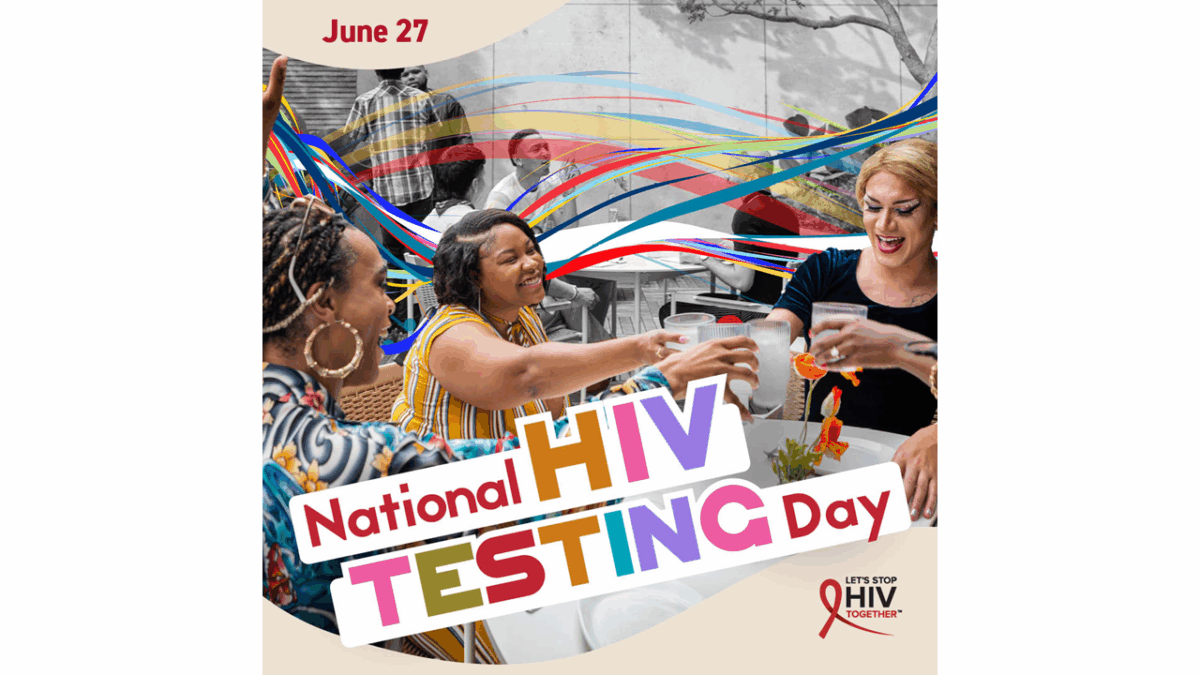Increasing clinical trial diversity remains a topic of significant importance in the clinical trial space.
In the US, Black, Hispanic and Native American/Indigenous populations remain grossly underrepresented in clinical trials. Although Black people make up 13.4 percent of the US population, they only constitute five percent of clinical trial participants. Hispanic and Latino people account for about 19 percent of the population but are only one percent of clinical trial participants. This is a problem as responses to treatments can vary between different racial groups owing to differences in genetics, physiology and lifestyle factors.
Some of the barriers to trial participation include a lack of access geographically, language and cultural barriers, health literacy, a lack of awareness/knowledge of what clinical trials are and how to participate, cost or insurance concerns and a lack of trust in the medical community due to discrimination and mistreatment.
Xtalks learned more about the challenges and solutions for fostering greater diversity in clinical trials from a panel of experts at the National Institute of Health’s (NIH) National Heart, Lung and Blood Institute (NHLBI) through an email interview.
The experts shared insights about how historically underrepresented groups in clinical trials can be engaged through community outreach initiatives that involve trusted local leaders. They spoke about an NHLBI initiative that was created to help foster the inclusion of minority groups in clinical trials for COVID-19 vaccines and therapies. Read on to learn more.
What are the biggest challenges in recruiting diverse patient populations in clinical trials, including participants from minority and socioeconomically disadvantaged groups?
NHLBI: The country’s history of medical maltreatment and discrimination against marginalized and socioeconomically disadvantaged groups has eroded trust in clinical trials among these communities, and it has also contributed to a lack of representation within the medical profession.
People want to be cared for by people they trust, and representation aids in this development. Additionally, some socioeconomically disadvantaged communities may experience greater obstacles when trying to access clinical trials such as geographic location, or financial resources.
How can medical mistrust among Black and Indigenous/Native American communities be overcome? What are some effective approaches/strategies that can help foster the inclusion of minority populations?
NHLBI: Having policies in place that support the inclusion of underrepresented groups in clinical trials is important to help ensure research findings can be generalizable to the entire population. NIH requires the inclusion of women and minority groups in all NIH-funded clinical research in a manner that is appropriate to the scientific question under study. Additionally, NIH-funded clinical trials must be designed to provide information about differences by sex/gender, race and/or ethnicity.
Our experiences with the Community Engagement Alliance Against COVID-19 Disparities (CEAL) have taught us that partnering with trusted leaders at the local level is key to combatting medical mistrust. Research shows that people are more likely to listen to people they know, so we engage with local leaders who enact change in their communities through community outreach. In order to do this, though, we must continue to build and foster relationships with communities over time.
What are some of the initiatives/efforts at NHLBI that are helping investigators and trial sponsors increase trial diversity?
NHLBI: The NHLBI has teamed up with the NIMHD (National Institute on Minority Health and Health Disparities) on Community Engagement Alliance Against COVID-19 Disparities, or CEAL, which partners with researchers, vaccine manufacturers and national and local organizations and leaders to ensure clinical trials for COVID-19 vaccines and therapies include Black, Latino and American Indian participants, groups that are traditionally underrepresented in scientific studies. One way CEAL accomplishes this is by working with trusted messengers, often local leaders or physicians, to develop and share information about vaccines and treatments as they became available.
What changes have you seen in recent years in clinical trial patient diversity?
NHLBI: There has been a more concerted push to prioritize patient diversity in clinical trials. For example, at the halfway point of the Moderna trial, only ten percent of enrollees were people of color. With the help of CEAL and the CoVPN (COVID-19 Prevention Network), Moderna was able to increase representation of people of color to 37 percent — which was critical in understanding the effectiveness of the vaccines for all.
The global nature of the COVID-19 pandemic allowed for clinical trials for COVID-19 vaccines to be more inclusive of diverse populations around the world, including in the US.
As such, the demographics of the COVID-19 vaccine trials were perhaps more diverse than those of any other modern-day clinical study to date. Ten percent of study participants in both Pfizer’s and Moderna’s trials were Black or African American people (recruited from the US) while Hispanic or Latino people accounted for 26 percent of participants. These are significantly better percentages than the typical levels of participation among these groups (five percent and one percent, respectively). And the NHLBI’s CEAL initiative helped further increase these numbers through a community-based outreach program.
The success of the COVID-19 trials shows that the right type of engagement and education can help mobilize people from minority groups to ensure they are fairly and appropriately represented in clinical trials.












Join or login to leave a comment
JOIN LOGIN